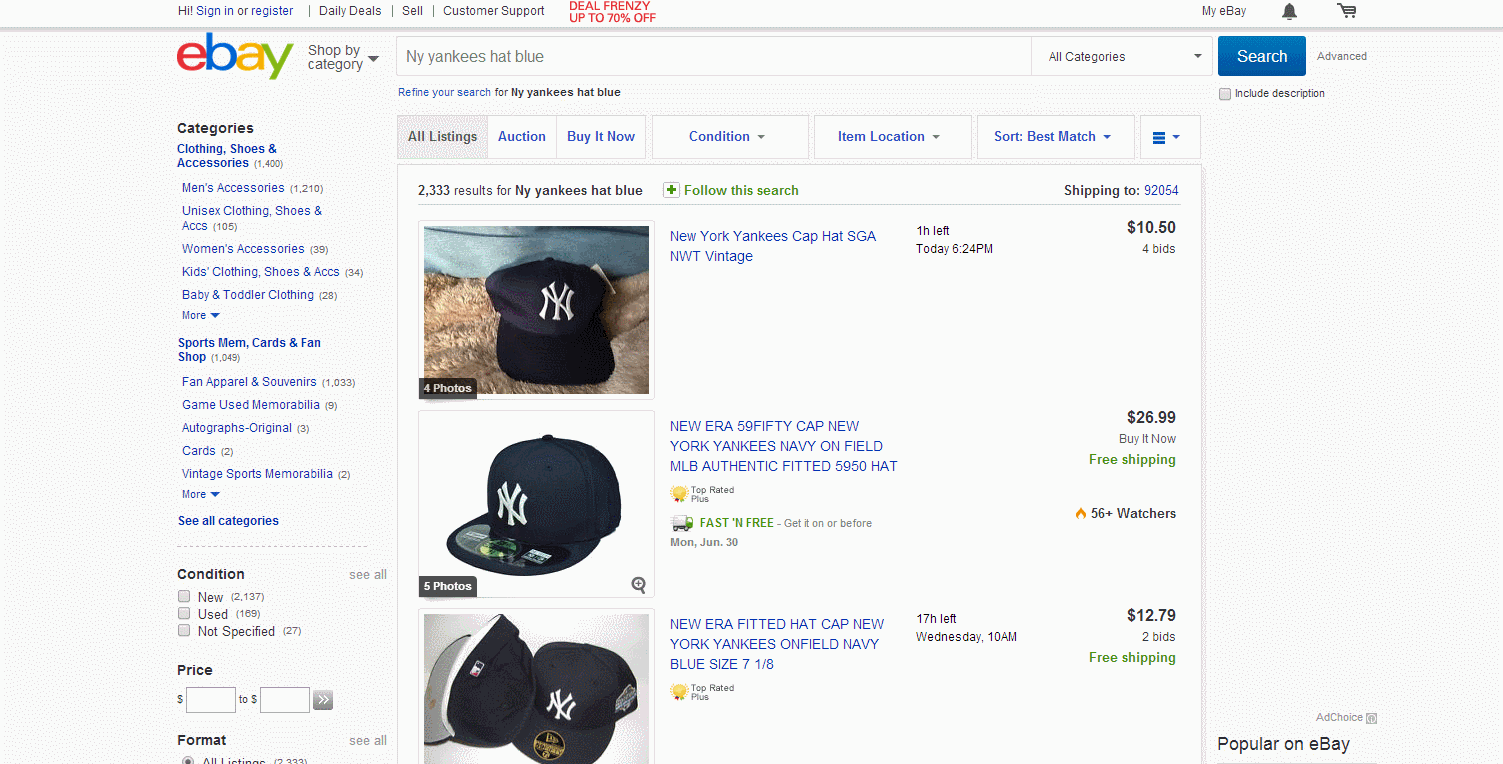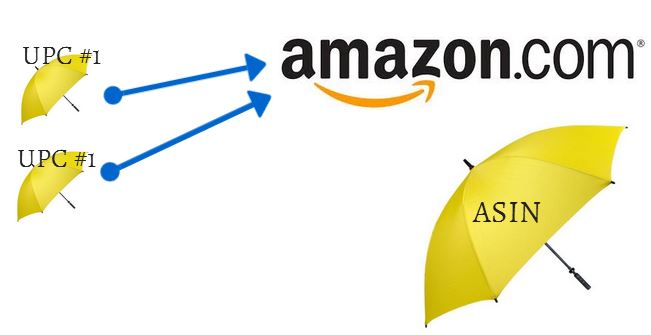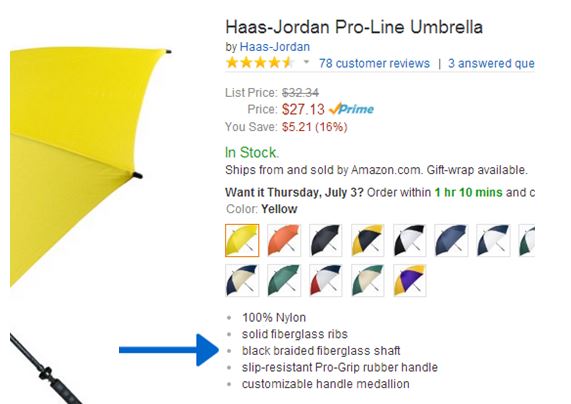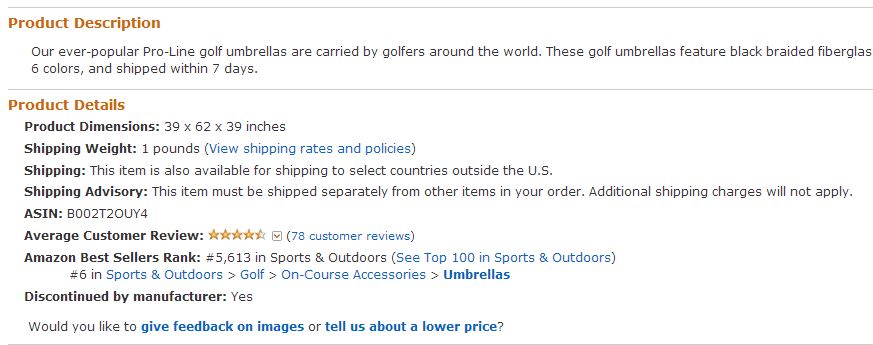Sell on Amazon: 3 Amazon Product Detail Page Tips to Increase Sales


The number of Amazon Marketplace sellers grew 65% year over year for 2014.
Why are more online retailers selling on Amazon? Amazon Prime customers alone spend approximately $1,340 per year and account for 56 percent of U.S. product sales.
So what should Amazon sellers know that can help them sell more on Amazon? A good place to start is understanding that Amazon is all about the product detail page.
Amazon’s product pages are organized by products- not sellers. While Amazon highlights products from different sellers, Google or eBay, shopper search results are populated by multiple sellers who feature the same product.
To get a better understanding of how Amazon organizes product information on product pages and search, compare this hat search across Google, Amazon and ebay:

You’ll notice that on an Ebay’s product search, the same product can be listed multiple times as separate listings from different sellers. Google aggregates sellers who sell the same product on comparison pages- but these feature the seller details such as price and shipping rate.
Product pages on both Google and eBay highlight product details, but are retailer-centric. Amazon takes the opposite approach- focusing on the product and making seller information much less of a priority. It can be difficult to even identify who sellers are on the marketplace, to the extent that some Amazon shoppers believe everything they purchase on Amazon comes from Amazon.
Amazon makes the seller work to get visibility on product pages, whereas other online shopping sites highlight merchant variables.
Below are some helpful tips on product pages to increase sales on Amazon.
Amazon products- and by extension product pages, are organized by product identifiers. Each product on Amazon has its own product page, which compiles the same products from different sellers. Amazon identifies all new products as either matching an existing product page, or deserving of a new page based on its product identifier.
Each product page condenses sellers who sell the same product based on the product identifier- information sellers communicate through their inventory file: in the form of an EAN, UPC or ISBN,etc. Product Identifiers are come from the product manufacturer, or can be assigned.
Here are the major product identifiers for products on Amazon, and major retail search sellers:
If you’re not sure what product identifier your products have, or where to find them, check out Amazon’s guide on how to identify UPCs, ISBNs, EANs and GTIN-14s.
Don’t confuse a products product identifier (which Amazon uses to compile products on the marketplace) with Amazon’s unique identification number for products, or ASIN (Amazon Standard Identification Number).
A yellow umbrella on Amazon for example may have the manufacturer or unique product identifier (e.g UPC) of ‘1234567890000’, sold from 2 different merchants. Amazon uses a separate number to categorize that product on its site.
Each of those sellers- whether the manufacturer or a third party seller submit that UPC to Amazon. Amazon groups those UPCs together, noting that the different sellers are selling the same umbrella- and condense those products to a yellow umbrella product page. This umbrella product page has a specific Amazon product identifier (ASIN) which is different from the UPC.

Amazon organizes product pages based on its Amazon Standard Identification Numbers (ASINs), which is also reflected in the URL for each product page.
For the yellow umbrella example, Amazon’s ASIN is B002T2OURQ (emphasis added):
http://www.amazon.com/Haas-Jordan-7649-Pro-Line-Umbrella-Yellow/dp/B002T2OURQ/
What Amazon Sellers Should Do:
Amazon’s product pages don’t provide details for parent products- every product Amazon sells is a child product.
Every product you sell is a child product, and everything Amazon sells is a child product. Amazon can’t sell a umbrella (parent product)- it sells a yellow umbrella which is a child product.
Don’t spend your time adding details or product attributes to your Amazon feed for parent products- focus on refining and optimizing information for your child products.
Parent Product– Parent products are used to organize product information for inventory. Parent products can’t be purchased but exist to connects the different variations of products or child products. (e.g. umbrella)
Child Product– Variations of the overarching product. (e.g. yellow umbrella)
What Amazon Sellers Should Do:
Amazon outlines some key points on parent/child product relationships on its sellers support page.
Product details on Amazon product pages are compiled by Amazon from all of the sellers who are listing a specific UPC on Amazon.
Amazon automates which product attributes are most relevant for each product page from the sellers supplying product information to Amazon, and highlights those on product pages.
The product information on the yellow umbrella page includes product attributes such as “100% nylon”, etc. at the top of Amazon’s product page as bullet points:

And below the fold with more detailed product information:

Amazon uses an algorithm to pick and choose which product details appear on these product page detail features. Often that means those details are not coming from one Amazon seller.
What else is on a Amazon Product detail page?
What Amazon Sellers Should Do:
For more information on how to get started selling on Amazon, check out these upcoming posts:
